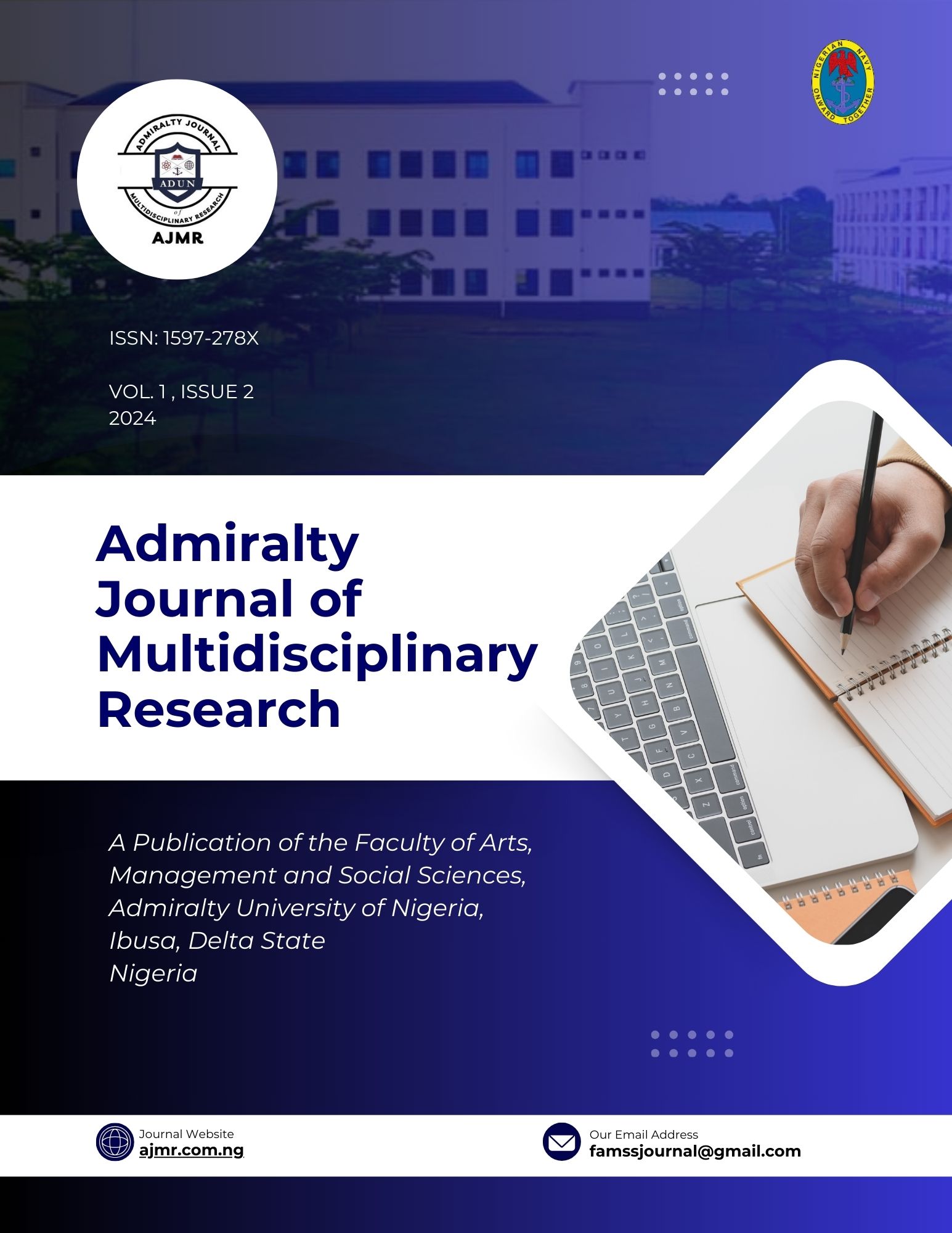The Language of Weaving, Mat Production Processes and Usages in Ewe
Schlagwörter:
Ewe, expressions, lexical semantics,, mat, meaning, production process, usagesAbstract
The paper employs the lexical semantics approach in discussing mat production processes and
mat usage expressions in Ewe. Though lexical forms are best meaningful in context, words
possess inherent meaning bases (hidden information) if in isolation. Equally, expressions stem
from activities and engagements anchored on given features; leading to names and naming
within given domains in a language and culture. How these expressions should be used is
situated in given forms and contexts across languages and mat issues in Ewe are no exceptions.
Data for this qualitative study were primary, from a purposive sample of twenty consultants; who
were observed and interviewed. Discussions and native speaker intuitions equally control data
collection, analysis and interpretation processes. The findings show that meaning processes,
sources, nature and usages of expressions come objectively under four meaning-based modules:
propositional, expressive, presupposed and evoked meanings. It also involves the descriptions of
the nature of materials, processes, activities, tools, skills and experiences of weavers, and the
purpose of usage. How the weaver and users engage the material among others generate defined
meaning forms and expressions on mats. The study concludes that human actions and thoughts
generate descriptions of phenomena; birthing forms and meaning diversities across contexts; the
wider the usage domain of an expression, the more varied the meanings amongst a people.
Downloads
Downloads
Veröffentlicht
Ausgabe
Rubrik
Lizenz

Dieses Werk steht unter der Lizenz Creative Commons Namensnennung - Nicht-kommerziell 4.0 International.








